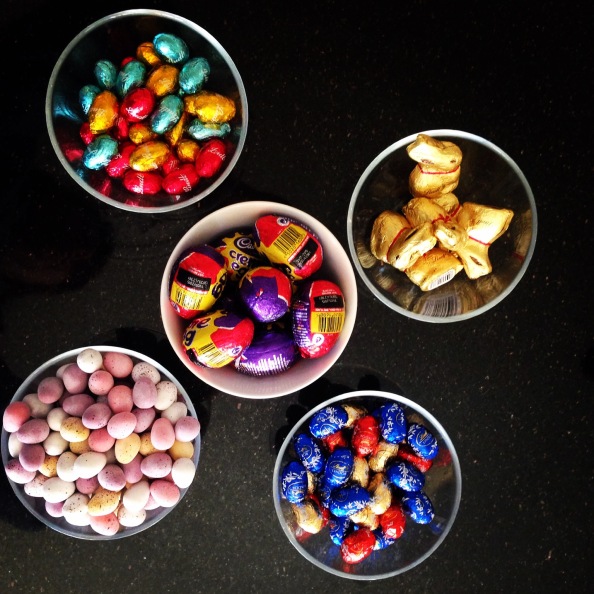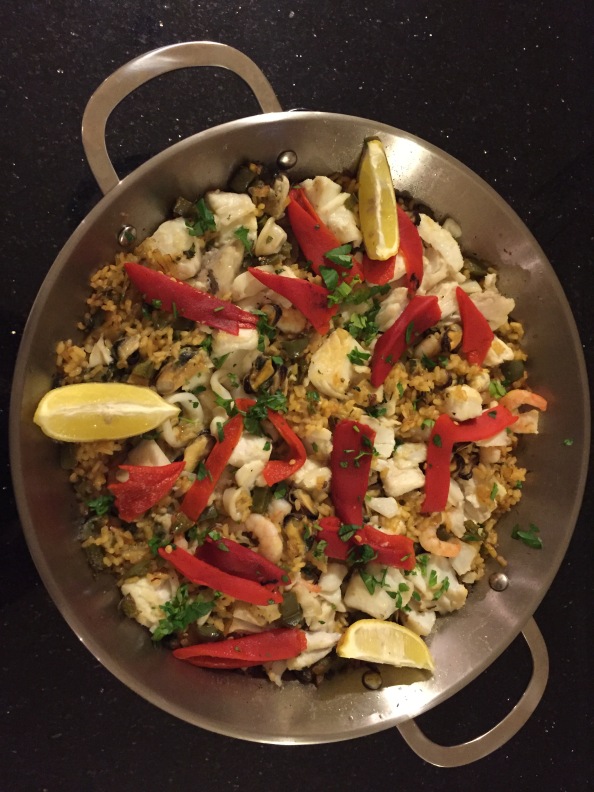
I’m hoping the first part of the title of this post drew you in enough for you not to be put off by the second part.
I’ve always loved chocolate: the taste of it and the texture; and the undoubted cocoa solids and caffeine-induced hit it gives. In the past, to prove to myself that I have a modicum of willpower and I’m not a complete chocoholic, I’ve given it up for Lent.
Today (Easter Sunday) I ate chocolate for the first time in several weeks, since before the start of Lent in fact. Tomorrow I will be giving it up again, but for health reasons. I’ve been getting joint pain for quite a few years now. My orthopaedic surgeon husband says I have osteoarthritis and that I’ve inherited this from my father and grandmother. They never spoke of it, but with hindsight it was obvious they suffered from it too. My father attributed any aches and pains of his to rugby injuries which had never been properly treated, but that was probably only part of the story.
In recent years my husband has been sending an increasing number of his patients, who report to him with knee pain and a history of other joint problems, for blood tests to ascertain their uric acid levels. If levels with a single test are high it means that the patient has been suffering from episodes of gout.
Gout is inflammation of joints and soft tissues due to crystallisation of uric acid within a joint that has been predisposed to this deposition by previous injury. His new secretary, who used to work in General Practice, cannot believe how frequently he spots it in his patients.
It’s very useful being married to a doctor but, quite rightly, they do not like to treat family members. The way it works in our family is: someone describes their ailment and my husband decides whether they need to a) see the GP, b) go to A&E or c) go directly to a colleague. It means we probably spent a lot less time in GP waiting rooms when the children were small than most parents. Anyway, having had so many patients come back with a positive test for gout, my husband suggested that I ask my GP to order a blood test for me, because if my uric acid levels were high, or near the upper limit of normal, something could be done about it and it would reduce the episodes of pain I’m experiencing in my hands and feet.
The blood test came back as “normal” but my levels were at the upper end of the range and my husband said it would only take one meal of high purine foods to tip me over the edge.
Purines from foods and tissue turnover are the precursor of uric acid which some people are unable to excrete, especially when exposed to our rich Western diet.
He gave me a very useful chart listing almost every food you can think of with those high in purines at the top. At the very top of the chart the substance with by far the highest purine levels was theobromine, which is found in cocoa. I jokingly said to my husband that in that case I’d give up chocolate and solve the problem. To my surprise he agreed. So I stopped eating chocolate overnight and after six weeks went back for another blood test and, to my astonishment, my uric acid levels had dropped considerably. My symptoms haven’t changed but my husband says that will take at least 6-12 months.
I have written this post to raise awareness. Not very much appears to be known about gout, but 1 in 40 of us have it and many suffer without a confirmed diagnosis. It seems to affect young men and post menopausal women. My GP did not think it necessary to test my uric acid levels but was happy to do it when asked.
I will miss chocolate, but will allow myself a small amount from time to time. It seemed easier to give it up than to have to think about purines every time I cook a meal for the family.




















